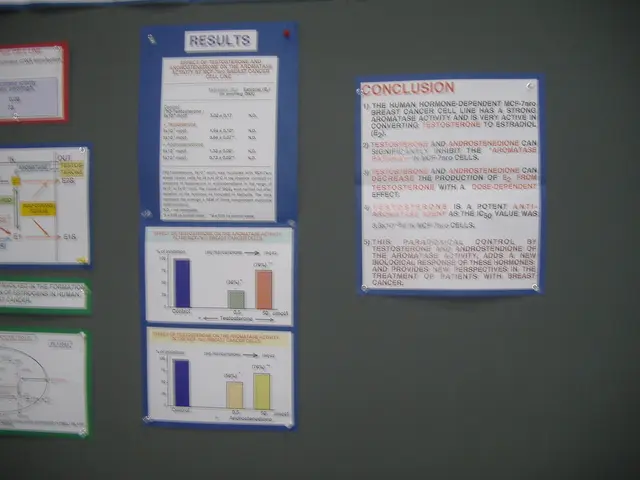European Debt Markets Face Uncertainty as Investors Shun Risky Credits
European debt markets are facing a wave of uncertainty, with investors shying away from riskier credits and borrowers attempting to protect their interests. This shift is leading to potential understatements in default rates and a vicious cycle of higher borrowing costs and restructurings.
Investors are actively avoiding Europe's riskiest credits, following recent fractious restructurings that have left a bitter taste. Notable deals like Selecta Group and Victoria Plc have soured investors' appetite. Meanwhile, borrowers, particularly those backed by private equity, are pushing for clauses in debt sales that hinder creditors' recovery. This trend is causing concern, as total returns for triple-C borrowers are down 1.8%, significantly lower than the 4% returns for single B borrowers.
In the loans world, the situation is grim. Only one company, Flora Foods, has successfully issued CCC-rated debt in Europe this year, and that too in the niche Nordic market. European triple-C debt has returned next to nothing in 2025, compared to over 4% for other ratings groups. Aggressive restructuring deals, favoring majority lenders, are more common in Europe, exacerbating the situation.
With European triple-C debt offering minimal returns and investors hesitant, the market faces a challenging outlook. Portfolio managers like Felicity Juckes advise avoiding triple-C rated companies due to the uncertainty surrounding enterprise value and recovery rates. The slump in appetite for riskier debt risks driving up borrowing costs and fueling more restructurings, creating a cycle that could be difficult to break.







